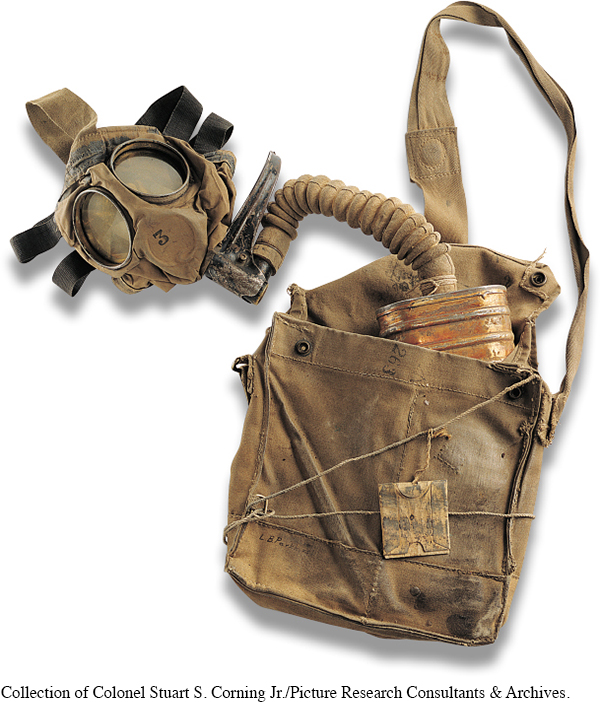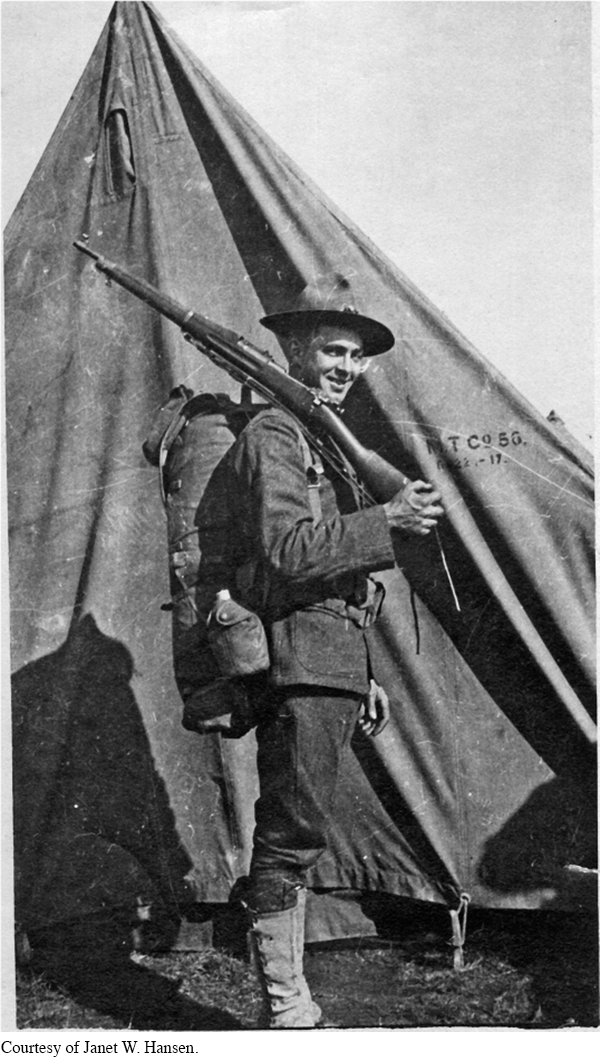The American Promise: Printed Page 617
The American Promise, Value Edition: Printed Page 564
The American Promise: A Concise History: Printed Page 642
Introduction to Chapter 22
The American Promise: Printed Page 617
The American Promise, Value Edition: Printed Page 564
The American Promise: A Concise History: Printed Page 642
Page 61722
World War I: The Progressive Crusade at Home and Abroad
1914–

CONTENT LEARNING OBJECTIVES
After reading and studying this chapter, you should be able to:
Explain the origins of World War I, and why Woodrow Wilson advocated U.S. neutrality. List the events that prompted the United States to enter the war.
Describe how America geared up domestically and militarily to fight a foreign war.
Recognize how the war transformed policy at home and understand how women’s rights activists used U.S. involvement to secure woman suffrage.
Explain Wilson’s vision for a postwar world, and how that vision was compromised at Versailles. Chronicle the fate of the Paris peace treaty in the U.S. Senate, and explain why it faced so much opposition.
Understand what threats democracy faced in the immediate postwar period.
GEORGE “BROWNIE” BROWNE WAS ONE OF TWO MILLION SOLDIERS who crossed the Atlantic during World War I to serve in the American Expeditionary Force in France. The twenty-
When the 42nd arrived at the front, veteran French troops taught Brownie’s regiment of engineers how to build and maintain trenches, barbed-
Training ended in the spring of 1918 when the Germans launched a massive offensive in the Champagne region. The German bombardment made the night “as light as daytime, and the ground . . . was a mass of flames and whistling steel from the bursting shells.” One doughboy from the 42nd remembered, “Dead bodies were all around me. Americans, French, Hun [Germans] in all phases and positions of death.” Another declared that soon “the odor was something fierce. We had to put on our gas masks to keep from getting sick.” Eight days of combat cost the 42nd nearly 6,500 dead, wounded, and missing, 20 percent of the division.
The American Promise: Printed Page 617
The American Promise, Value Edition: Printed Page 564
The American Promise: A Concise History: Printed Page 642
Page 618
After only ten days’ rest, Brownie and his unit joined in the first major American offensive, an attack against German defenses at Saint-
At the end of September, the 42nd shifted to the Meuse-
President Woodrow Wilson had never expected to lead the United States into the Great War, as the Europeans called it. When war erupted in 1914, he declared America’s absolute neutrality. But trade and principle entangled the United States in Europe’s troubles and gradually drew the nation into the conflict. Wilson claimed that America’s participation would serve grand purposes and uplift both the United States and the entire world.
At home, the war helped progressives finally achieve their goals of national prohibition and woman suffrage, but it also promoted a vicious attack on Americans’ civil liberties. Hyperpatriotism meant intolerance, repression, and vigilante violence. In 1919, Wilson sailed for Europe to secure a just peace. Unable to dictate terms to the victors, he accepted disappointing compromises. Upon his return to the United States, he met a crushing defeat that marked the end of Wilsonian internationalism abroad. Crackdowns on dissenters, immigrants, racial and ethnic minorities, and unions also signaled the end of the Progressive Era at home.
CHRONOLOGY
| 1914 |
|
| 1915 |
|
| 1916 |
|
| 1917 |
|
| 1918 |
|
| 1919 |
|
| 1920 |
|